No athlete’s career is perfect. I truly believe it’s the ups and downs in one’s journey that defines us; it makes us stronger and more determined. The last year and a half hasn’t been perfect for me, but it’s the lessons I’ve learned along the way that will define my future. We as humans have the power and choice to use disappointments and struggles as a reason to be sad, get down and give up. But something that I’ve always valued is the importance to never give up when things get hard. Sometimes it feels easier to give up on something that takes up so much of our time and energy and feels like it’s never getting us anywhere. But it’s during these times when I always remember that nothing is easy, and if being an elite athlete were easy everyone would do it. I’ve used my time away from the track to realize how I love to run (as cliché as that sounds) and to become a stronger, smarter athlete.
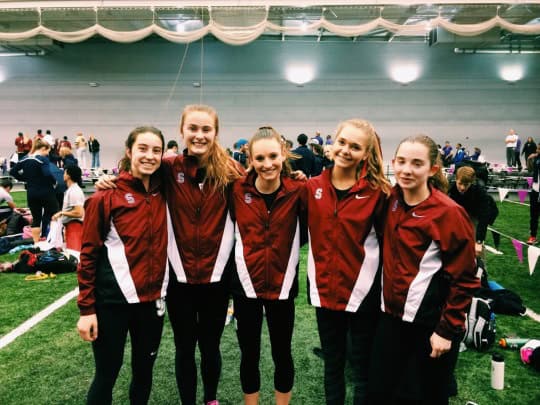
Last year was one of the greatest years in terms of racing experience I’ve ever had. I experienced my very first indoor track season for Stanford University. I still remember walking up to a huge building at Washington University in Seattle, which I imagined to be a concert hall or dormitory. I was faced with trying to comprehend how weird it was to see people running around the blue, completely circular track with a roof of steal over their heads. No wind, no clouds, but a whole lot of spectator noise. Everything was louder. Everything was closer. Spectators and coaches screaming from the inside of the track less than a meter from the competitors intrigued me. It was unusual, but there was something magical about the ambience that made me want to run. I was lucky enough to be part of Stanford’s Distance Medley Relay, where we set the 7th fastest ever Stanford DMR time at the Husky Invitational. Being part of that distance medley team is something I’ll never forget. Growing up in Australia, I never participated in relay events. I was part of two separate athletics clubs (Campbelltown Collegians and Parramatta City Club), however I solely focused on my key individual races, tapering only for key meets. I would only compete at Zone, Regionals, States, and Nationals, two or three Athletics Australia Tour Meets and later in the year at World Juniors/Youths. That was my whole year of racing.
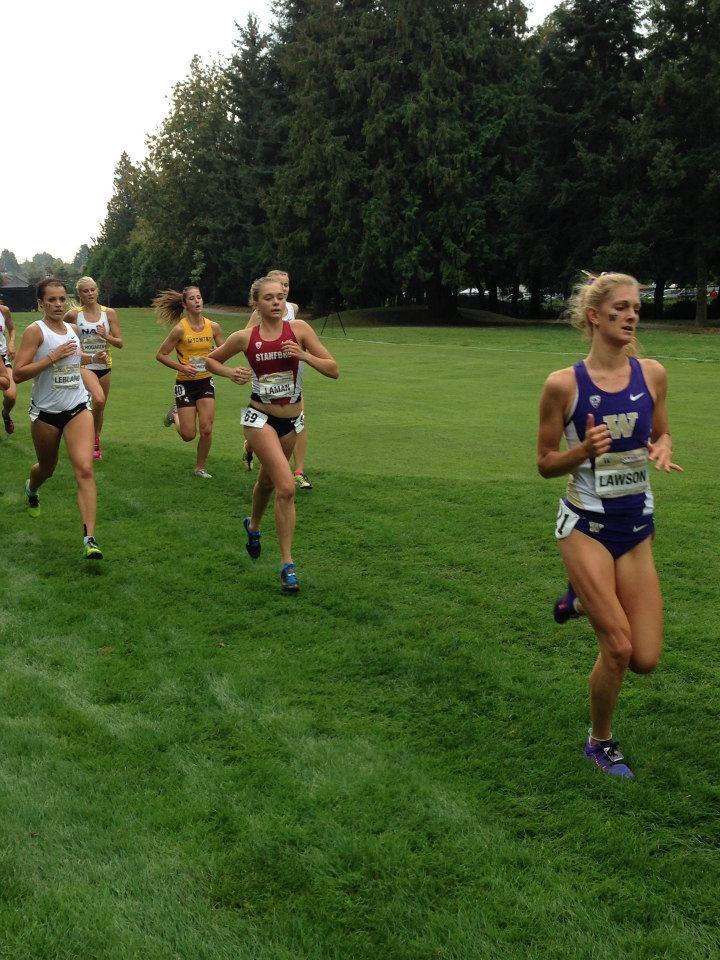
My mind was opened to a whole new and different caliber of mental toughness, as I raced almost every fortnight for cross-country, indoors and some of the outdoor season. I wasn’t only racing for myself, but also for my Stanford team – for a team of women who I trained with every day. We all knew, especially during cross-country and indoors, that we weren’t totally fresh for races. We had to run tough, even if our legs were still heavy from the long fartlek a few days earlier or our weight session a week ago. Racing with the thought of not being totally fresh was definitely something new for me. I always took 1-2 days off before a race. I still remember during my first cross-country season at Stanford being told by our head coach to run the 6km course at a solid pace 15 hours before we were scheduled to race it. My mind was blown, why did I have to do this? I also remember waking up at 5.30am the morning of the same race to do a ‘shake out’ – just 15 mins easy jogging to ‘get the legs moving’. Our race started at 9:30am. This all seemed bazar at the time to me, but I trusted my coaches and always believed that if my teammates could do it, I could also. This continued my whole first year at Stanford; I lacked mental and physical confidence. I found myself just running through the motions of my freshman year, loving the experience of racing but never really giving myself credit for surviving the exceptional amount of change I was facing. New friends, responsibilities, coaches, teammates, training regimes, racing venues and tactics. I remember sitting down with my coach, Elizabeth Maloy after finishing a disappointing indoor season. I found it hard to break free of my negative mindset, continually doubting and worrying. Not racing to my full potential was bombarding me mentally and not until I had some time off due to injury did I really sit back and realize how integral these changes are for me in the long term – to transition into a stronger athlete, physically and mentally. Getting injured towards the end of my freshman year was a blessing in disguise. I unfortunately tore my plantar fascia during an 800m race at Payton Jordan, during the middle of my outdoor track season.
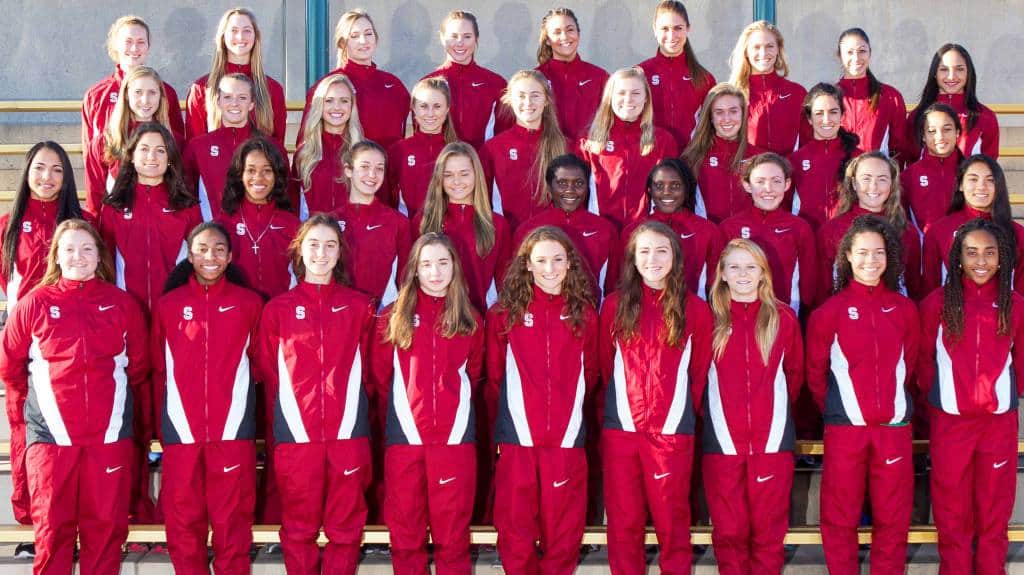
I finally understood something Coach Miltenberg would always repeat to me after a disappointing race, “its all about the process”. I’m learning more about myself each day here at Stanford – the facilities, coaches and experts readily available to me are fundamental to my recovery and progress. In an environment like this I know reaching my athletic potential over the next few years is very possible. My supportive coaches – Elizabeth Maloy and Chris Miltenberg have stuck by me through my time off the track and my struggles in freshman year. I admire their dedication to each athlete on the team, reaching far beyond the surface of results and individualizing each member’s needs.
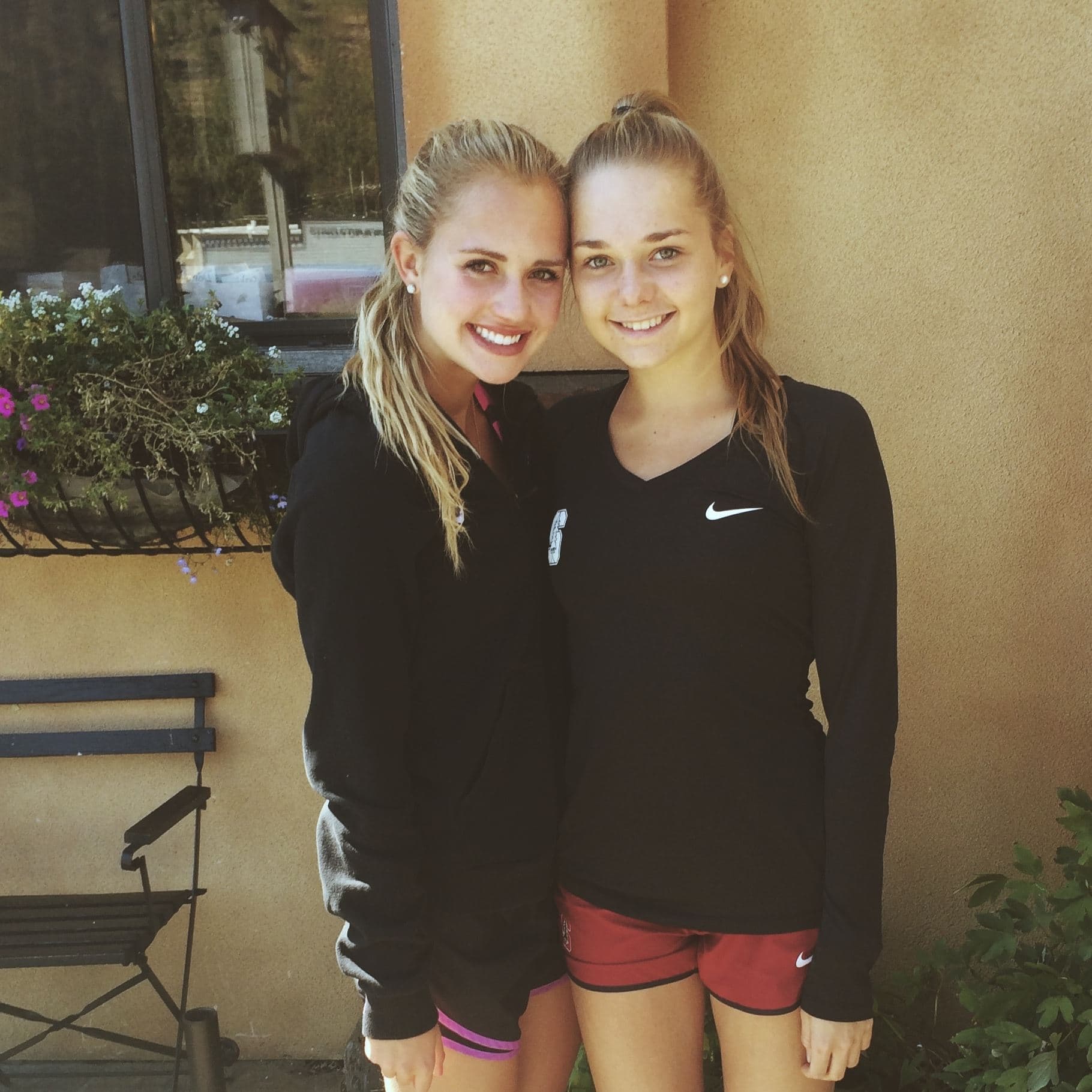
After tearing my plantar fascia, I found myself more motivated then ever to get back on the track and prepare for the upcoming indoor season in 2016. I started working out again with my teammates, I was finally myself again. I was so ultimately happy and confident that I would produce great results this year. Unfortunately I felt a sharp pain in my back randomly on a run just before Christmas break and I am now recovering from a stress fracture in my sacrum. However, unlike past injuries where I have got extremely down – this time I’m treating my body even better than I would if I was running.
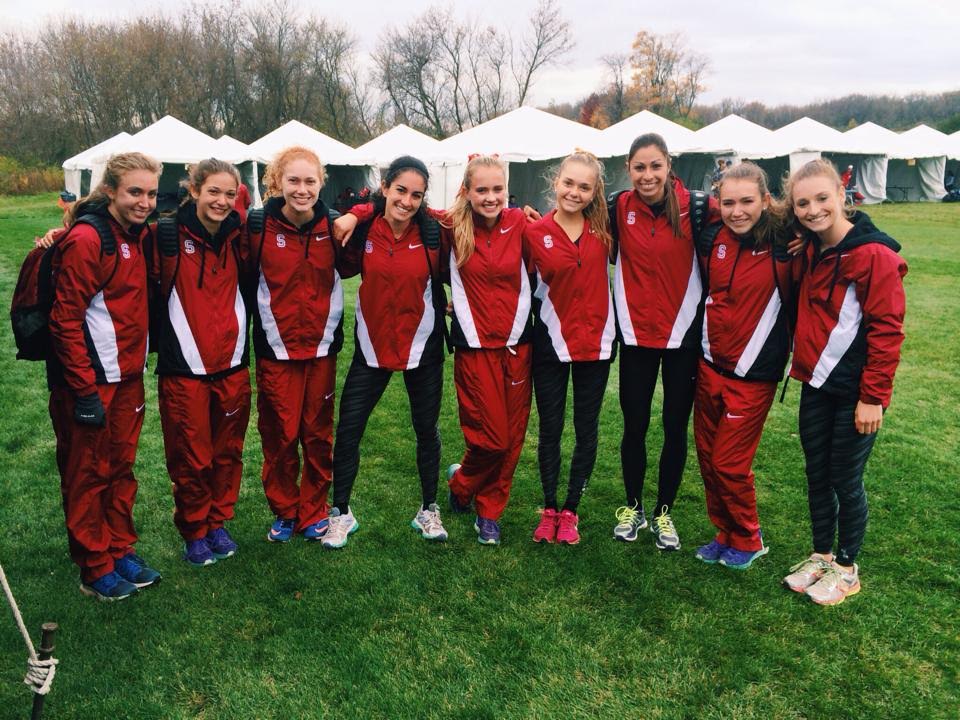
My Stanford teammate, Elise Cranny, who competed with me at World Juniors in 2013, (representing USA), is now running again after also suffering from the same injury last year. She gave me some great advice about the importance of recovery. More important than anything else, is the amount of energy and focus elite athletes must invest in recovery. I am implementing this way of thinking right now, but most importantly will be focusing on this when I am back running again. I’ve always believed in focusing strongly on quality workouts/training sessions but I’ve never thought a lot about the notion of engaging as much, if not more focus on recovery; stretching, foam rolling, massaging, eating and sleeping. There’s no doubt I regard these aspects as important, but never have I regarded it as equally or more important than running. This is the ultimate key to success.
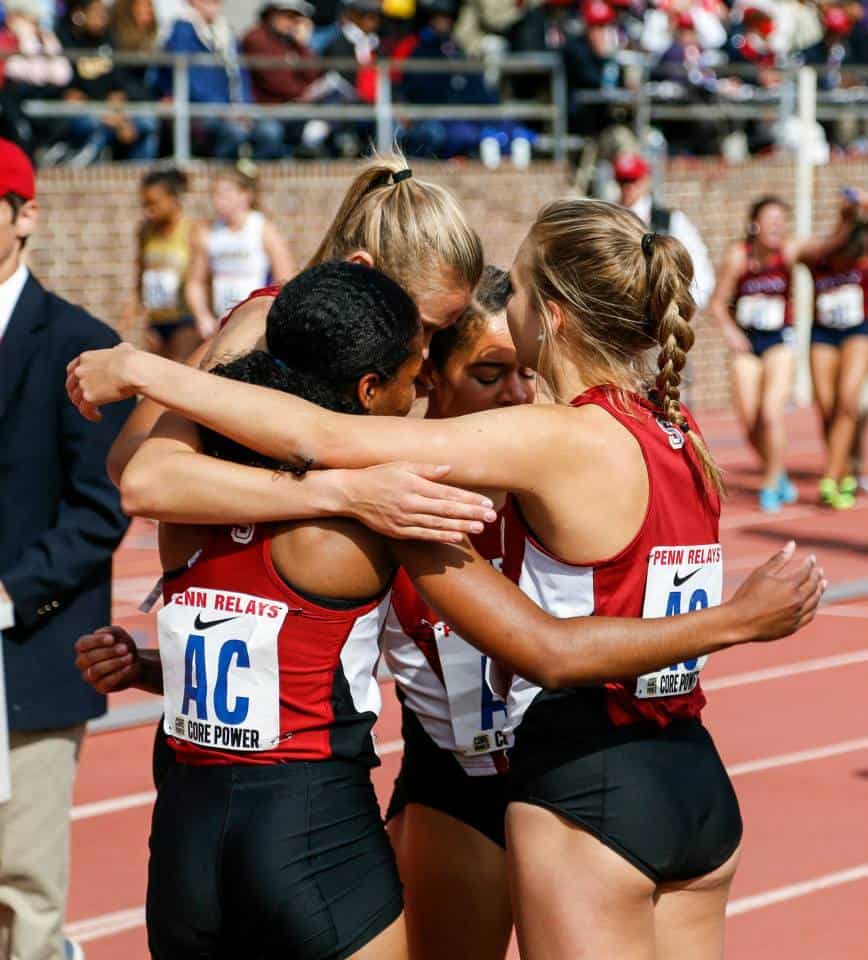
I’ve always believed everything happens for a reason, and my time off so far for my sacral stress fracture has allowed me to reassess my long-term goals as an athlete and focus my full energy on recovery. I am also incredibly lucky to also have the opportunity to develop academically during this time with a great deal of depth academically at Stanford. I plan to declare my major in Communication and minor in International Relations very soon. I’ve always had a great passion for writing. I believe journalism lies at the heart of human experience. Working with people, about people, to people. It inspires creativity; understanding of peoples lives and inspires empathy. International Relations has also enabled me to become more informed of relevant issues in todays society, learn a heap about international conflict and resolve and make sense of complex situations on a global scale. Another interesting fact is that I’m currently learning Russian, which has been a totally fun and exciting challenge!
Lastly, I’d like to highlight the incredibly amazing development of Australia’s women’s distance events, especially over the 1500m, 5km and 10km. Congratulations to those that have already qualified for the Rio Olympics; I look forward to following your success!
Anna Laman